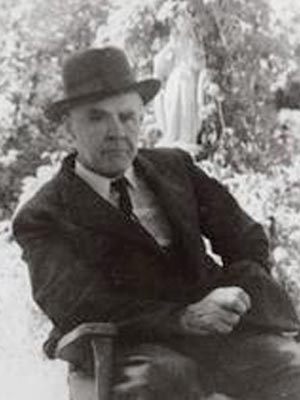 | Marc-Aurèle Fortin After studying the basics of painting with two Quebec painters, Ludger Larose and Edmond Dyonnet, Marc-Aurèle Fortin went to the Art Institute of Chicago to perfect his art. He returned to Quebec in 1912. Over the next six years, a new style emerged in the artist, a transformation of the landscape. In 1918, he tackled the watercolor technique for the first time. In 1920, his lyrical watercolors with holed trees appeared. His mastery of watercolor did not satisfy him, he abandoned it temporarily. From 1922 to 1927, he painted oversized elms in which humble dwellings were hidden. During his career, Fortin explored certain regions of Quebec and produced works inspired by his trips to Quebec, Île d'Orléans, the Charlevoix and Gaspé regions. In 1966, he lost his sight completely. A friend, René Buisson, moved him to the Macamic sanatorium in Abitibi, where he died on March 2, 1970, blind and with both legs amputated. |
Filters
Sort by
View